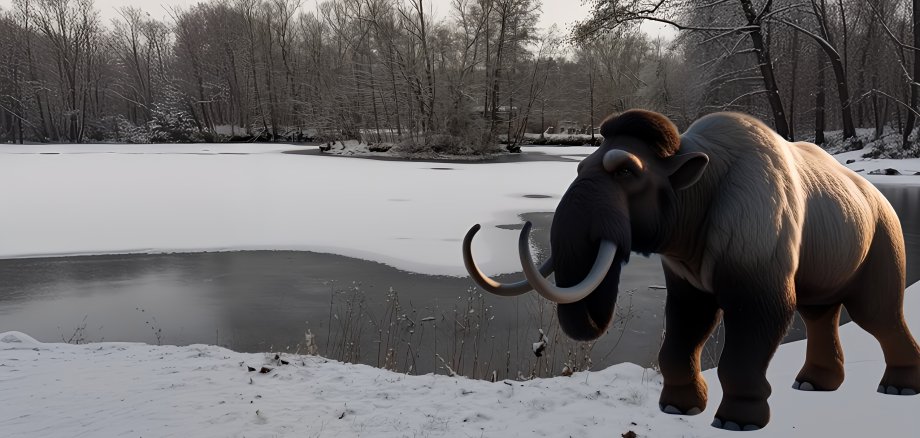Ice Age on the Eder: Lecture by the Geopark on 21 February in Wabern
400 million years of geological history are waiting to be discovered in the GrenzWelten National Geopark. The different geological eras, such as the Permian or Devonian, are not only revealed to the attentive observer in striking geotopes such as the Korbach Fissure or the Helfensteine on the Dörnberg near Kassel. Everyday materials such as pebbles or sand also bear traces of the earth's history. A special lecture is now being organised to draw attention to this, bringing "The Ice Age on the Eder" to life.
Geopark GrenzWelten, the Wabern History and Culture Association and the Schwalm-Aue Regional Development Association invite all interested parties to the event on Friday, 21 February 2025. Starting at 7 pm, geologist Dr Thomas Pawellek will give a talk about the glacial landscape on the Eder at the Kulturbahnhof in Bahnhofstr. 1 in Wabern. Geopark manager Dr Georg Bresser will also introduce the GrenzWelten. It is not necessary to register for the free lecture. The organisers would be delighted if there was keen interest. Further information is also available by e-mail or by calling 05631 954-1512 and online.
Background to the lecture
The GenzWelten Geopark has already published a "Researchers' Booklet for Kids" for children and young people, which explains the Ice Age in an age-appropriate way with experiments and tips for excursions. For adult hobby geologists and anyone interested, the lecture "The Ice Age on the Eder" now takes up the topic.
Who hasn't stood on the banks of a body of water and let a flat pebble bounce over the water? And, while searching for the most suitable bouncing stone, asked yourself how the pebbles got there and how they were formed. The next question immediately arises, namely the history of the formation of the Eder and Schwalm.
Where do sand and gravel come from, what did the landscape look like in geological eras long past and what does all this have to do with the Ice Age? Geologist Dr Pawellek answers these and other questions and also explains the origin of the sand and gravel deposits on the Schwalm and Eder rivers.
Caption: Mammoths were also to be found in the wintry Ice Age landscape on the Eder. (Image based on a photo by Marianne Gabriel)
